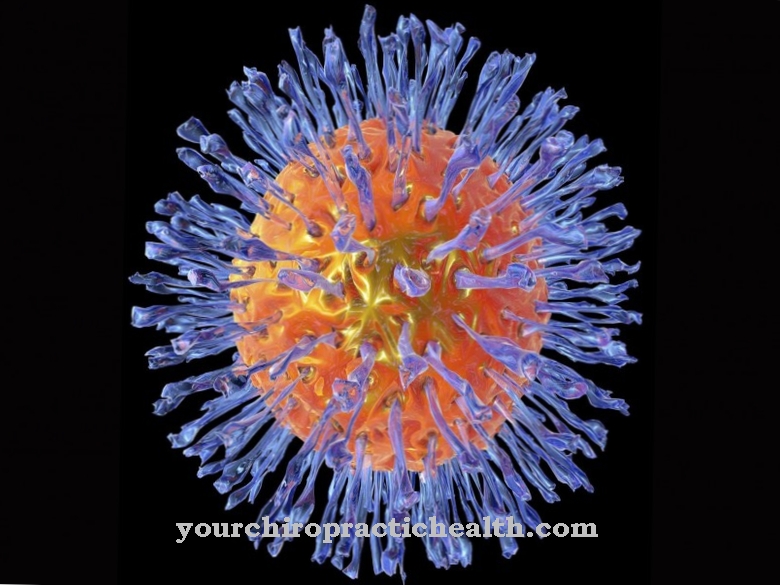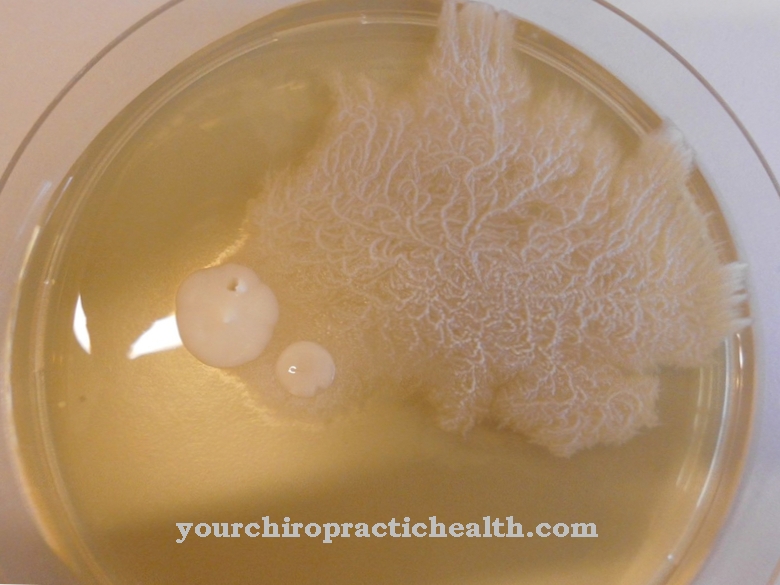At Flukes it is a class of flatworms. They are parasites.
What are flukes?
Flukes (Trematoda) represent a class of flatworms (platelet worms). The worms lead a parasitic way of life and comprise about 6000 different species. A typical characteristic of the flukes is their leaf or cylinder shape. In addition, the parasites have two suction cups that serve as organs of attachment.
Well-known suction worm species are, for example, the pair leech, the intestinal leech, the lungworm and the large liver fluke. Some flukes have the ability to attack pigs, cattle, dogs and cats as well as humans and cause diseases in them.
Occurrence, Distribution & Properties
Flukes are distributed almost all over the world. They prefer to show up in the places where they find their host animals. Adult flukes live in numerous vertebrate species. The first intermediate hosts of the suction worm are always snails. Fish or arthropods can serve as the second host form. A vertebrate species without a fixed assignment acts as the ultimate host.
Due to its feeding habits, the suction worm Fasciola hepatica mostly occurs in final hosts such as sheep and cattle. But it is also quite possible that it affects people.
The length of the flukes varies between 0.2 and 165 millimeters. The leeches usually have a body shape that is flat and long. Sometimes it is squat too. In contrast, vein and pair leeches have an almost round cross-section. The digestive tract of the flukes ends blindly.
In addition, they are equipped with specialized sensory organs. The suction worm has an oral suction cup at the front end of its body. There is also an abdominal suction cup. With their muscular suction cups, most flukes have the ability to attach themselves to specific docking sites on the host body.
Most of the suction worm species are hermaphrodites. The animals have both male and female sexual organs. As hermaphrodites, they have the ability to fertilize each other as well as to fertilize themselves.
Most species of flukes go through two short larval stages. The first stage of life of the sucking worm larvae is called the eyelash larva or miracidium. The Miracidium has a coat of hair and points to the original relatives of the flatworms, the tubellarians.
All flukes are endoparasites. Their life cycles are considered complex. In principle, the parasites need different vertebrate species for their life cycle. The host body usually excretes the suction worm eggs with the faeces. If the flukes live in the water, miracidia (ciliated larvae) hatch. The Miracidium drifts around in the water until its energy reserves are used up. If the ciliated larva is lucky, it will find a snail that is suitable for its further development.
In order to penetrate the snail, the miracidium digs into its tissue. Metamorphosis leads to a transformation into a brood tube. In this sporocyst the development of daughter sporocysts or rediae (rod larvae) takes place through budding, which move forward up to the midgut gland of the snail.
Further rod larvae develop from the rod larvae. With tail larvae (cercariae), new larval forms are produced from these. The cercariae are able to leave the host snail and seek a new intermediate host. Mostly these are fish that will swallow them. Sometimes the affected fish change their behavior as a result of the parasites.
The suction worm family Fasciolidae is an exception. In this, the cercariae attach themselves to aquatic plants. There they form cysts and develop into metacercaria. The metacercariae, which include birds or mammals, can penetrate the ultimate host through food. After the surrounding cysts have broken open, the young worms usually colonize the digestive tract. However, some also penetrate into the bloodstream, the lungs or the liver. This is where sexual maturity and mating eventually take place.
Illnesses & ailments
Most flukes live in the tropics. Some species can affect humans and cause various diseases in them. These include primarily the pair of leeches (schistosomes), which cause schistosomiasis in numerous tropical countries. According to WHO estimates, over 200 million people are infected with schistosomes. Around 120 million people suffer from symptoms of the disease. In around 20 million patients, the parasite infestation even has serious consequences. About 20,000 people die each year from schistosomiasis. In medicine, a distinction is made between intestinal bilharzia, liver-spleen bilharzia and bladder bilharziosis.
If humans are infected with suction worms in the water, itchy reddening is initially noticeable on the skin. Later the patient also has a fever. After that, typical bilharzia symptoms such as blood deposits on the stool or bloody urine appear. If the worm infestation lasts for several years, connective tissue changes in the large intestine and severe liver dysfunction are possible. With timely therapy, however, the prognosis for schistosomiasis is generally positive.
In temperate climates like Europe, pathogenic flukes rarely occur in humans due to the extensive hygiene measures. In wild animals and farm animals, on the other hand, there are pronounced worms. However, if the leeches get into the human body, the symptoms depend on which organ has been affected. With leech diseases of the liver, symptoms such as abdominal pain, jaundice and diarrhea often occur.
The treatment of diseases with flukes is carried out with special worms (anthelmintics), which are administered once. The drugs intervene in the leeches' metabolism and kill them, causing them to be excreted in the stool.

















.jpg)



.jpg)

.jpg)




